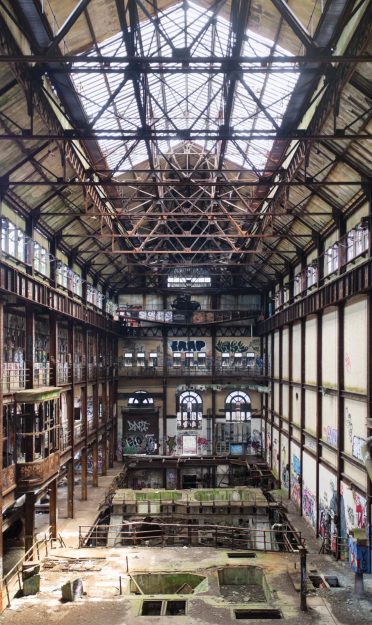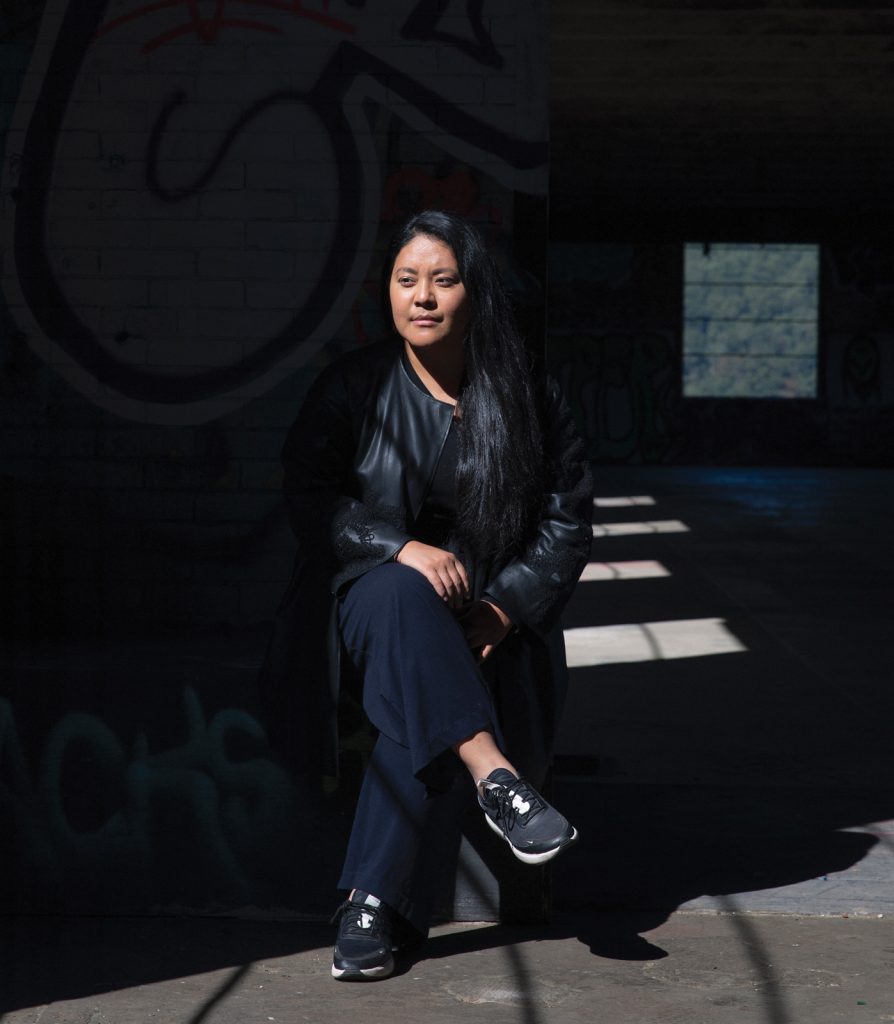Just north of New York City, along the Hudson River, is a long-abandoned coal power plant and a 19th-century mansion built by a copper baron. By the end of 2022, the graffiti will be gone, the glass replaced, and the interiors remodeled to create The Plant, a center for climate change solutions. Several climate incubators, think tanks, and nonprofits have already signed on to move in, and The Plant has created partnerships with local organizations in Yonkers such as Greyston Bakery, an open-hiring business started by the late Zen teacher and activist Bernie Glassman, and Billion Oyster Project, which is working to restore New York Harbor’s oyster reefs.
Here we talk to Tenzin Seldon, the cofounder and chief executive of The Plant and a Rhodes Scholar, who was born to a Tibetan family in Dharamsala, India. She describes seeing the effects of climate change firsthand and how this project plans to bring new voices to the effort to save the planet.
Can you tell me about how you first started to think about working on climate issues? For me, climate change was not an intellectual exercise; it was a lived experience. I would go around in Dharamsala and see some of the ice-capped mountains actually melting. But when I was growing up, a lot of people didn’t have the pedagogical framework to express what was actually happening based on data and science. Climate leadership has often failed to express the problem through the heart, through the experiences of everyday people. We are amazing at giving you exact figures for carbon in the atmosphere; we’re not great at explaining to you how that’s going to impact your father or your sister. My passion for climate and refugee issues came from asking Why is it that we were left out of the conversation? And that was the main question that led me to do what I’m doing.
How did the idea for The Plant get started? I was speaking at the United Nations, and I happened to take a seat next to Lela Goren [a real-estate developer and activist who would become cofounder and CEO of the Plant]. She wasn’t even planning on coming that morning, so it was “auspicious,” as we say. She told me about the issue that she was addressing—that every movement in this world needs a home—and I said, “That’s exactly the issue we need to address.” The climate movement, in North America at least, hasn’t been able to physically ground itself. And The Plant is that grounding. I think there is power in our perspectives—[Lela] from her Jewish faith and as an [Israeli] immigrant; me from my perspective as a Tibetan—to help anchor the climate movement in a different way. Our tagline is “Climate Done Different.”

How did growing up in Dharamsala form your worldview? I remember prayer flags everywhere, morning incense at 5 a.m., my grandmother and my family always reciting prayers. I also remember the hardship, the few dollars that my father collected to buy me a toy. I remember being happy and feeling like I had a lot of friends, a lot of people who would watch out for me. Even when my father was working all day, I was taken care of. I never felt a lack of care, and that’s rare.
My father imparted three values to me: understanding that there is no replacement for hard work, looking at life from a perspective of thousands of years, and valuing our Tibetan heritage. Even though I never stepped foot inside Tibet, I feel connected to it, like it is my home.
How did your family come to the US? When I was about three years old, my mother won the Green Card immigration lottery and left for the US. My father was a single parent for many years, and we later met my mother in Minnesota. I had deep culture shock—I had never seen so many options for clothes or cereal. I felt not only that I didn’t belong but also that I didn’t understand the people or the culture enough to belong.
COVID has kept us apart for nearly a year. Has that impacted this plan for a physical space? People are experiencing isolation and depression; we need that human connection to work and have this movement together. By the time we’re done, people will be thirsting to work together in community.
What does your personal practice look like? I have a morning lovingkindness practice; I don’t get to it every day, but I try. When I’m doing household chores, I’ll take a moment to just be in a complete state of awareness. I go on retreats during holidays as much as I can. Hikes are an important part of my practice because when you’re out in nature, you can’t help but practice. Even though I didn’t grow up with an abundance of money, I grew up with an abundance of spiritual centering, and there is no price you can put on that.
Thank you for subscribing to Tricycle! As a nonprofit, we depend on readers like you to keep Buddhist teachings and practices widely available.
